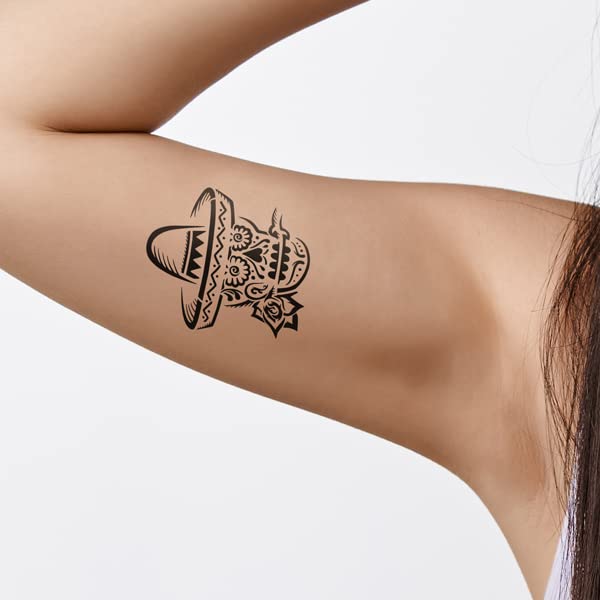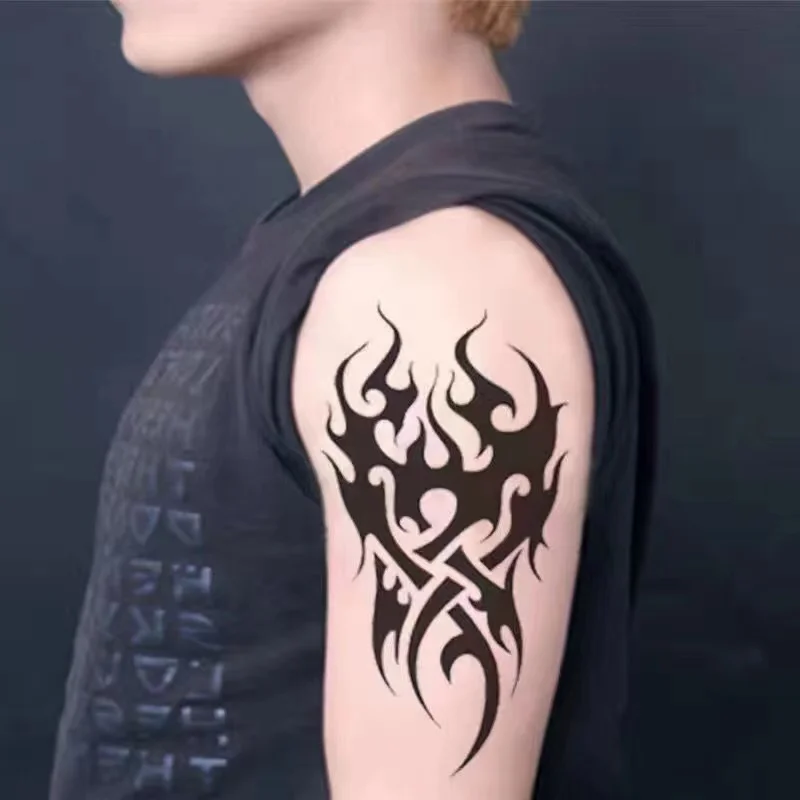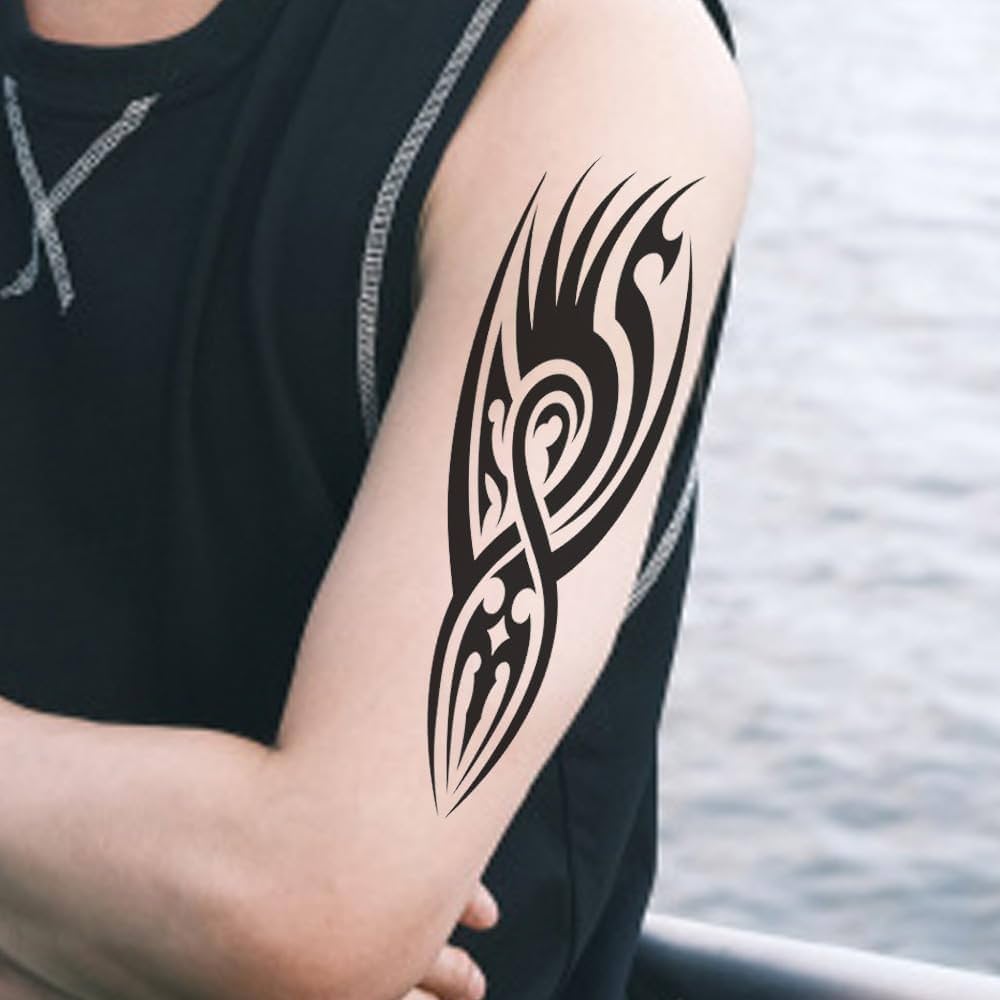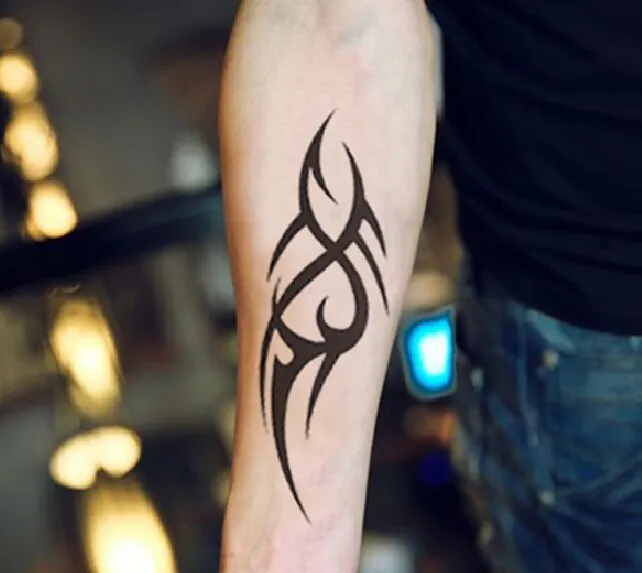
Ephemeral tattoos and traditional tattoos each have their unique characteristics, benefits, and drawbacks. Understanding the differences between these two types of body art can help individuals decide which option best suits their needs and preferences.
Ephemeral Tattoos Vs Traditional Tattoos

The most significant difference between ephemeral and traditional tattoos is their longevity. Traditional tattoos are designed to be permanent, using ink that remains in the skin indefinitely. In contrast, ephemeral tattoos use specially formulated ink that fades over time, typically lasting between 9 to 15 months. This temporary nature allows individuals to enjoy body art without committing to a lifelong design.
Read More: The Artistic Process Behind Jeannine Michaelsen’s Tattoos
The application process for both types of tattoos is quite similar. Both involve using a tattoo machine to inject ink into the skin. However, the ink used for ephemeral tattoos is biodegradable, meaning it breaks down naturally over time and is absorbed by the body. This is a key factor in their temporary nature.

One of the main advantages of traditional tattoos is their permanence. For many people, a tattoo is a meaningful symbol or piece of art that they want to carry with them for life. Traditional tattoos offer a way to commemorate significant events, express identity, or display artistic appreciation. However, this permanence can also be a drawback for those who may later regret their choice or whose tastes and preferences change over time.
Ephemeral tattoos, on the other hand, offer flexibility and a lower risk of regret. They allow individuals to experiment with different designs, placements, and styles without the concern of lifelong commitment. This makes them ideal for those who are new to tattoos or who enjoy frequently changing their body art. However, the temporary nature of ephemeral tattoos means they require periodic renewal for those who wish to maintain the same design over a longer period.

Both types of tattoos require proper aftercare to ensure they heal well and look their best. Traditional tattoos need to be protected from sun exposure and require moisturizing to maintain their vibrancy. Ephemeral tattoos also need similar care, although their fading process is part of their design.
In conclusion, the choice between ephemeral and traditional tattoos depends on personal preferences and lifestyle. Traditional tattoos offer permanence and long-lasting expression, while ephemeral tattoos provide flexibility and the opportunity to experiment without lifelong commitment.